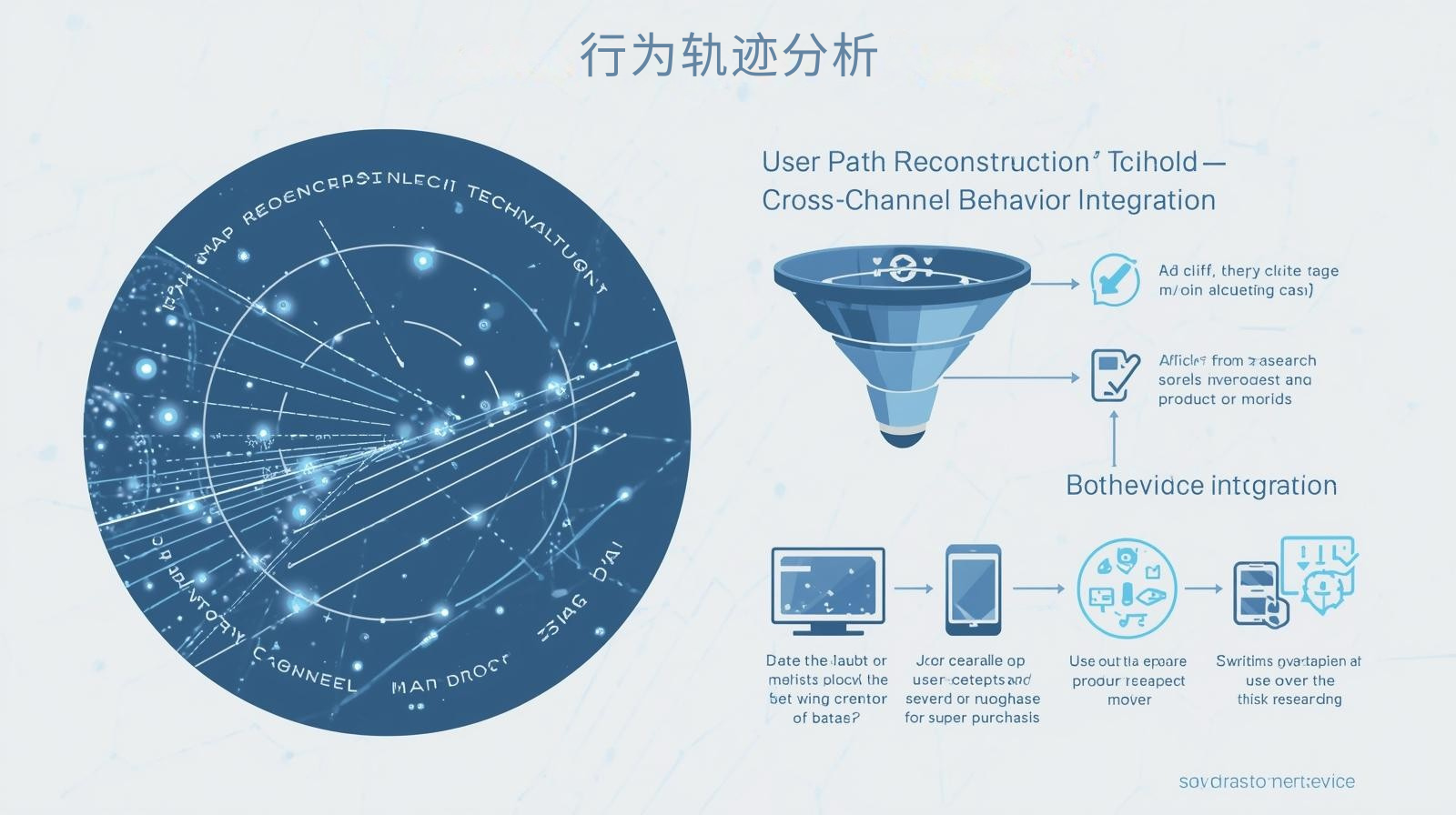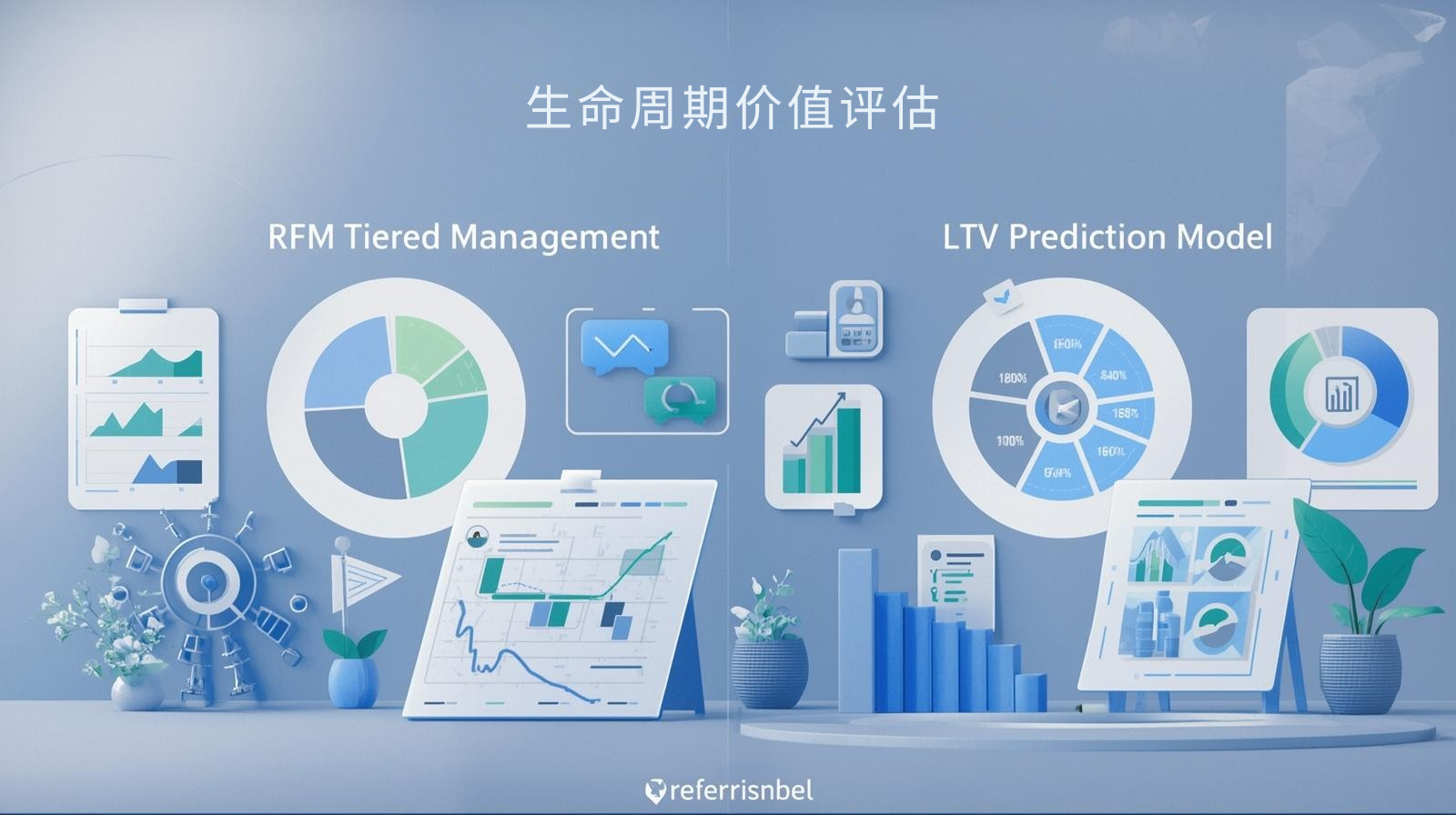McKinsey's "2024 Global Consumer Insights Report" shows that data-driven demand analysis can increase the conversion rate of independent websites by 35% and improve product development accuracy by 50%. A study by the China Council for the Promotion of International Trade indicates that foreign trade companies that systematically conduct customer insights have a 42% higher success rate in launching new products than the industry average. The "Global E-Commerce Refined Operations Guide" released by the World E-Commerce Forum emphasizes that independent websites' first-party data assets have irreplaceable advantages in providing insights into customer needs, with data value density over three times that of third-party platforms.
 Behavioral trajectory analysis
Behavioral trajectory analysis
1. User path restoration technology
- Heatmap identification of high-attention areas (increases dwell time by 70%)
- Funnel analysis identifies key loss points (a machinery brand increased conversions by 28% by optimizing the checkout page)
2. Cross-channel behavioral linkage
- Full-link tracking from ad click → site search → product page view
- Multi-device behavior integration (PC research → mobile purchase)
Consumer preference mining
1. Price Sensitivity Model
- Identification of discount-sensitive groups (discount response rates vary by 300%)
- Price range preference analysis (the China Chamber of Commerce for Import and Export of Machinery and Electronic Products case shows that B2B buyers are more concerned with value than low price)
2. Category Association Rules
- Cross-buying combination discovery (60% of customers who buy product A will also buy accessory B)
- Forecasting seasonal demand fluctuations
 Life Cycle Value Assessment
Life Cycle Value Assessment
1. RFM layered management
- Special maintenance for high-value customers (recent purchases/high frequency/high spending)
- Dormant customer awakening strategy (triggers exclusive discounts if no purchase is made within 30 days)
2. LTV Prediction Model
- Calculation of customer lifetime value based on historical data
- Comparison of the input-output ratio of different customer acquisition channels
Demand pain point diagnosis
1. Search term analysis
- Statistics of high-frequency search terms on the site (reflecting unmet needs)
- Reverse deduction of Google Ads keyword performance
2. Customer feedback mining
- Customer service conversation text analysis (NLP technology extracts high-frequency questions)
- Product review sentiment analysis (improvement opportunities in negative reviews)
Pinshop Solution
Pinshop provides: ✅ Full-link behavior tracking system ✅ Smart tag management platform ✅ Visual analysis dashboard ✅ Predictive modeling toolkit
Visit Pinshop's official website now
Recommended related articles: Multilingual Independent Station Strategy: Balancing Localization and Internationalization  , start intelligent decision-making!
, start intelligent decision-making!






